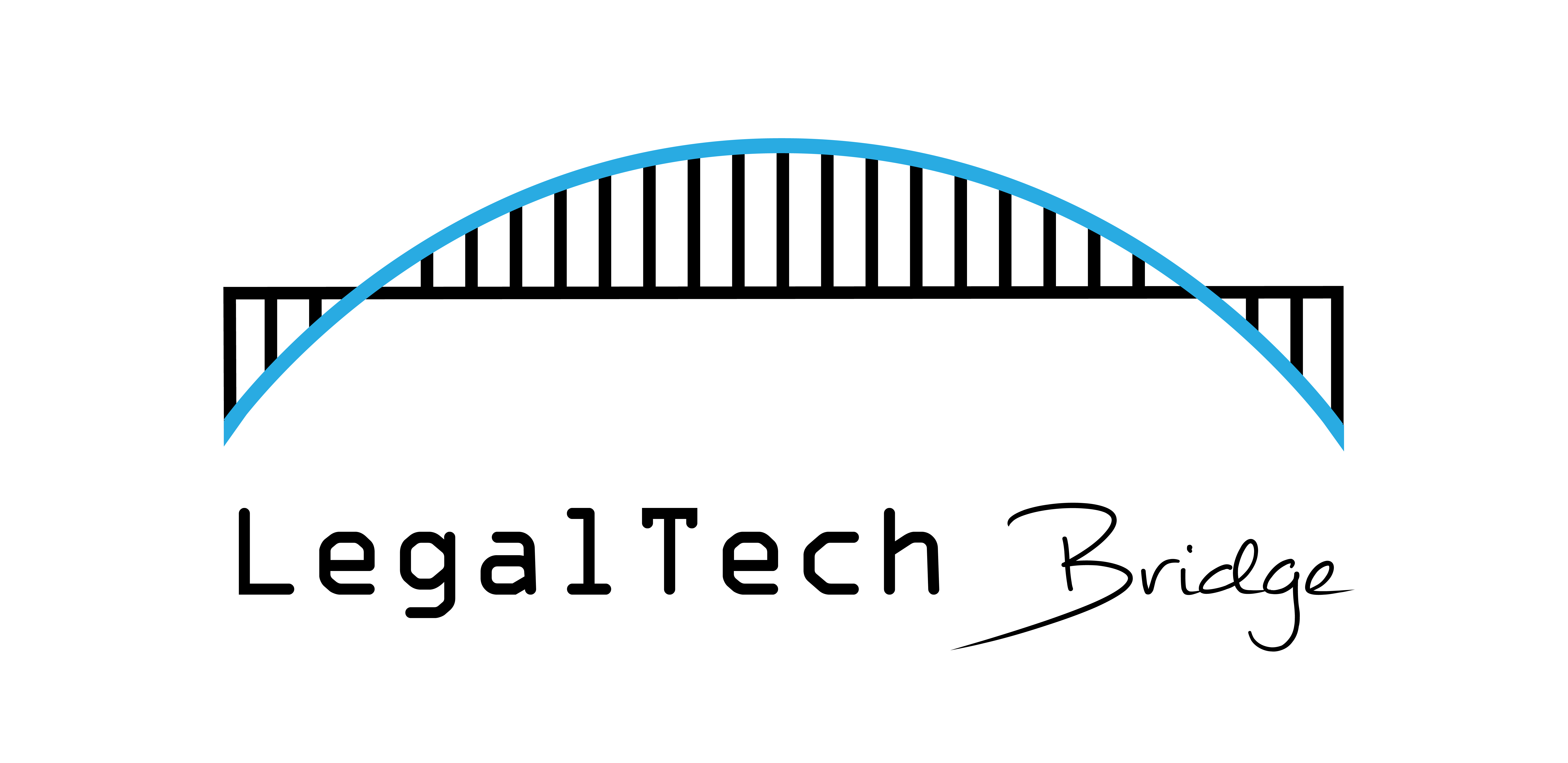ChatGPT is transforming our tech landscape. What does this new era mean for your #law firms? How do...
AI Has the Power to Revolutionize Fraud Investigations
Marriage of eDiscovery & text mining key for training models
Regulators and auditors are already using AI for large-scale data analysis, but since most information relevant to investigations is unstructured, current tools and processes are lacking. But AI expert Johannes “Jan” Scholtes says that just as compliance teams and regulators adopted eDiscovery for dealing with large data sets, so, too, can the principles of AI and machine learning be leveraged to detect irregularities and prevent fraud.
These days, almost all regulators use some form of AI for large-scale data analysis in case of irregularities. To auditors, the field of data mining is better known than that of text mining. A good example of data mining is the analysis of financial transactions. A wealth of algorithms and analytical methods are available to find patterns of interest or fraudulent behavior in such data sets.
However, 90% of all information is unstructured information in the form of text documents, emails, social media or multimedia files. Analysis using database or data-mining techniques of this information is not possible, as data-mining tools work only on structured data in the forms of columns and rows, as used in databases.
In addition, fraudsters are becoming more knowledgeable on how audit and compliance algorithms work, so they tend to make sure that the transactional aspects of their actions do not appear as anomalies to such algorithms. The details of what is really going on can often only be found in auxiliary information, such as email, text messages, WhatsApp, legal agreements, voicemails or discussions in a forum.
Today, auditors, compliance officers and fraud investigators face an overwhelming amount of digital information that can be reviewed. In most cases, they do not know beforehand what exactly they are looking for, nor where to find it.
In addition, individuals or groups may use different forms of deception to hide their behavior and intentions varying from using complex digital formats, rare languages or by using code words. Effectively, this means fraud investigators are looking for a needle in the haystack without knowing what the needle looks like or where the haystack is.
Using technology is essential to address the high strategic ambitions auditors and fraud investigators have regarding such large data collections. The main problem using such technology is finding the balance between identifying what is suspicious and flagging too many false positives, which would create too much work for auditors or victimize innocent individuals.
This is why many regulatory agencies rely extensively on highly accurate methods from the world of AI like text mining and natural language processing tools to truly understand the meaning of text and identify the who, where, when, why, what, how and how much of an investigation of large data sets requested or confiscated for compliance investigations.
In this article https://www.corporatecomplianceinsights.com/ai-revolution-fraud-investigations/?hss_channel=lis-LrNK0yCzNy , I further explain how AI can revolutionize Fraud Investigations.


